Can’t Remove Buzzdock ads?
Do you constantly be interrupted by pop-up ads “Brought to you by Buzzdock”? Are you annoyed with these irritating ads whenever you surf the internet? Well, well, well! It may not be easy, but we are going to provide you with effective ways to completely and safely get rid of Buzzdock.


About Buzzdock
Although you seem to like it at the first sight, Buzzdock is very dangerous, intrusive and damaging program which is classified as potential unwanted program(PUP). Once Buzzdock sneaks into your computer packing with other free third-party softwares, you are going to face with problems like frequent system crashed, poor computer performance, slow running speed and severe privacy risk, which is because Buzzdock secretly places spy programs to steal your personal and financial information.
Like most adwares, Buzzdock may make lots of promises which turn out to be fake. The selling point of it is to enhance your surfing experience by presenting additional search results. However, the cruel fact is that it has no interest in helping you at all. It only care about how to make best of you to rob you off. In order to achieve its goal, Buzzdock is invented to create web traffic and make pay-per-click revenue, which is why it will not stop displaying endless pop-up ads to cheat you to click. Therefore, no matter how attractive those ads by Buzzdock may be, never click them for they all are not reliable. And each click on a single ad may cause severe system damage.
Therefore, nothing good will come from rushing the process and not being attentive when dealing with freeware. If you wish to avoid Buzzdock and its daily messes, remember that a little extra attention can go a long, long way. Attention is crucial!
Attentions! Manual removal of Buzzdock only effective for computer experts! If you are a ordinary user, it may be an time-and-energy-consuming task to manually erase Buzzdock. And Buzzdock can strike back and ruin your computer system if you don’t remove it clearly. Here is a link to a FREE scanner that can help you to get rid of Buzzdock completely and safely!
Effective Solutions to Remove Buzzdock Completely And Safely
Solution 1: Manually Remove Buzzdock, Once for All
Solution 2: Automatically get rid of Buzzdock Completely
Solution 1: Manually Remove Buzzdock, Once for All
There is a video for manually removing similar adware.
Firstly, stop the process from Task Manager by the following steps:
Windows XP users:
Step 1: Click Start ------the Windows Logo at the bottom left corner of your computer.
Step 2: Click Run.

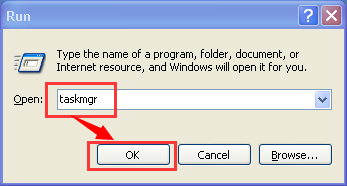
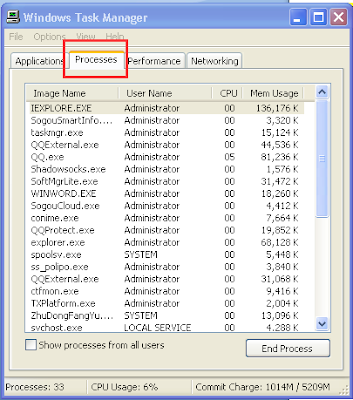

Windows 7 users:
Step 1: Using the shortcut key by pressing key “Window” as well as “R”.Step 2: Enter“taskmgr” in the open box and click “OK”.

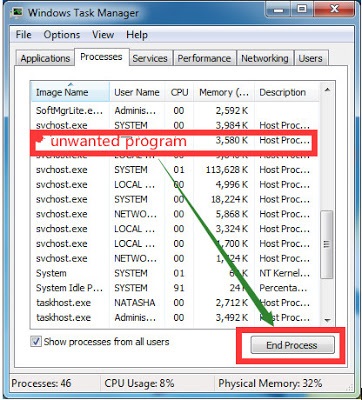
Windows 7 users:
Step 1: Click Start ------the Windows Logo at the bottom left corner of your computer.Step 2: Click Control Panel.
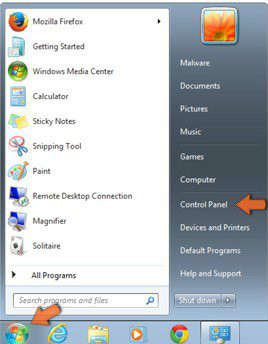
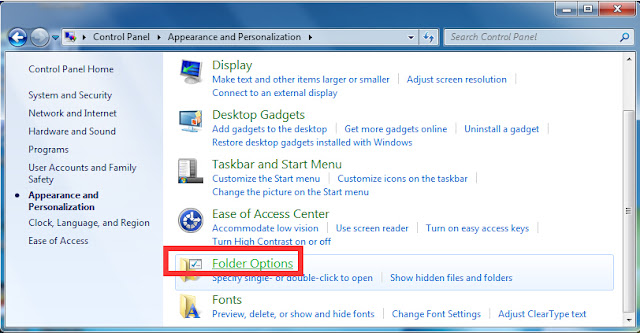
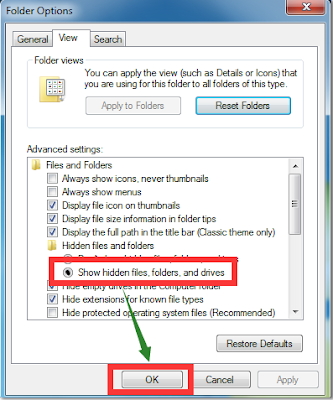
Windows XP users:
Step 1: Click Start ------the Windows Logo at the bottom left corner of your computer.Step 2: Click Control Panel.
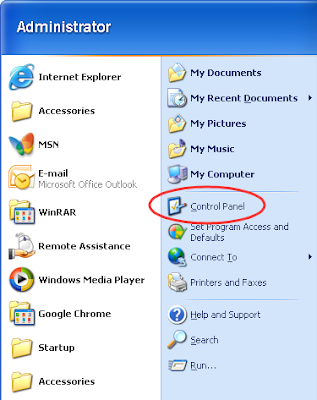

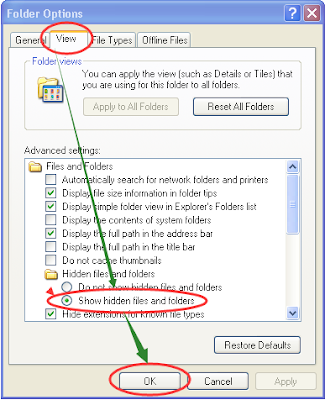
Windows XP users:
Step 1: Click Start ------the Windows Logo at the bottom left corner of your computer.Step 2: Click Run.

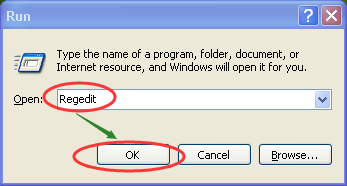
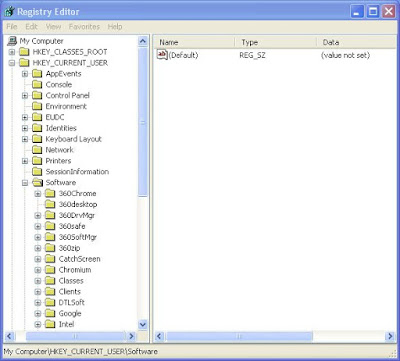
Windows 7 users:
Step 1: Using the shortcut key by pressing key “Window” as well as “R”.Step 2: Enter“regedit” in the open box and click “OK”.
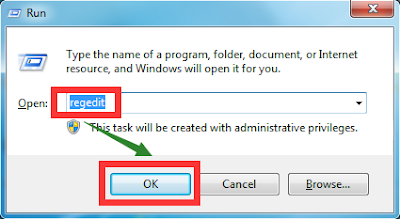

HKEY_LOCAL_MACHINE\SOFTWARE\Microsoft\Windows NT\CurrentVersion\Image File Execution Options\MpUXSrv.exe
HKEY_LOCAL_MACHINE\SOFTWARE\Microsoft\Windows NT\CurrentVersion\Image File Execution Options\MSASCui.exe
HKEY_LOCAL_MACHINE\SOFTWARE\Microsoft\Windows NT\CurrentVersion\Image File Execution Options\msconfig.exe
IE users:
Step 1: Tools > Manager add-ons > Extension.

Fourthly, remove suspicious extensions from browsers.
Google Chrome Users:
Step 1:control Google Chrome > More Tools > Extensions.
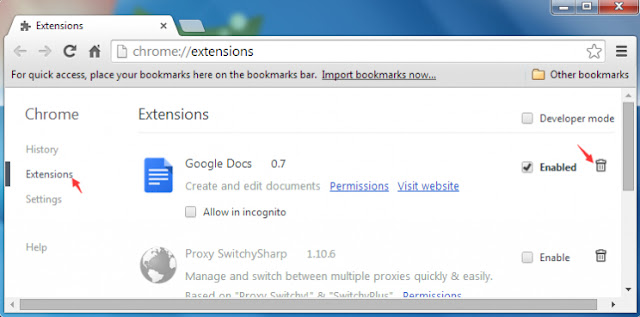
Mozilla Firefox Users:
Step 1: Open Mozilla Firefoxmenu > Add-ons > Extension.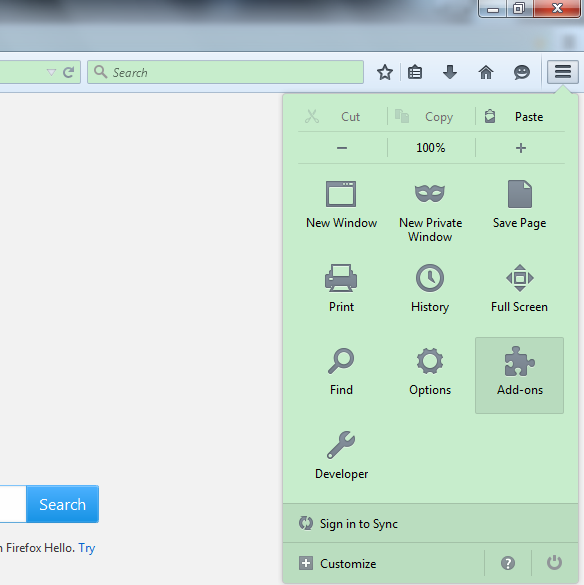

Solution 2: Automatically get rid of Buzzdock Completely
Step 1: Download Spyhunter here.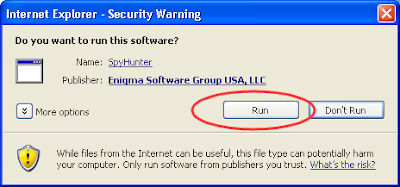
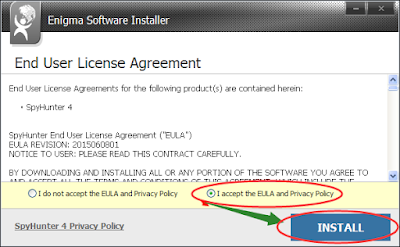

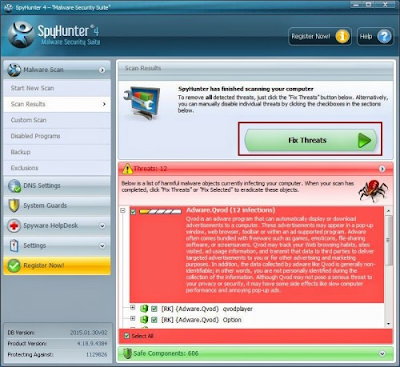
(Rachel)

No comments:
Post a Comment